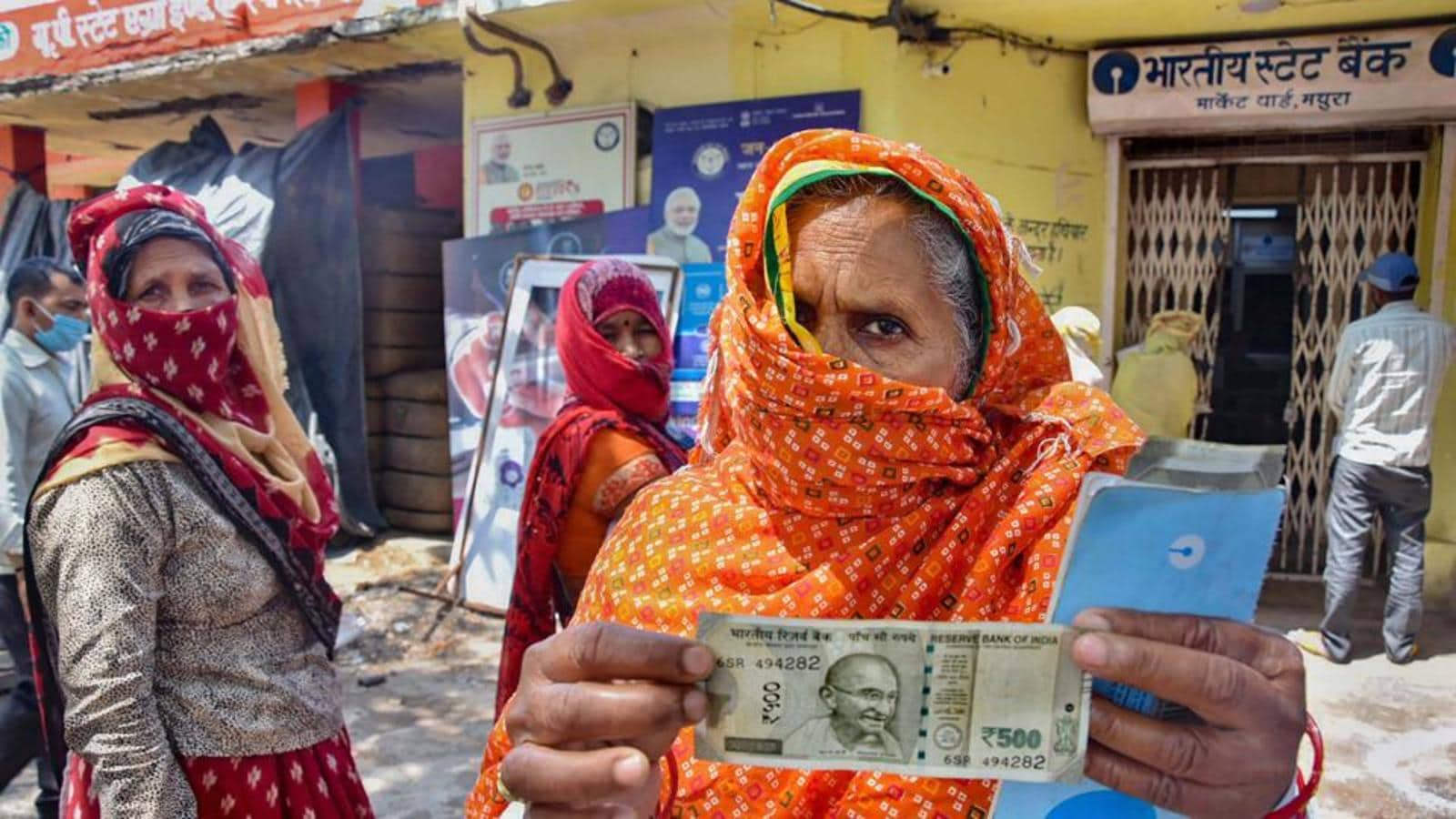
Discussion Paper on Climate Risk and Sustainable Finance
Submissions to the Reserve Bank of India
Summary:
The Reserve Bank of India (RBI) released a Discussion Paper on Climate Risk and Sustainable Finance on 27 July 2022 (Discussion Paper). It also released a report of the Survey on Climate Risk and Sustainable Finance carried out by the Sustainable Finance Group in the Department of Regulation, RBI in January 2022 (Survey) to assess the approach, level of preparedness and progress of 32 scheduled commercial banks. Climate change has an impact on the financial sector, either through physical risks such as reduction in value of collateral due to climate change events such as floods, or through transitional risks such as downgrading of credit rating of high-emitting businesses.
The intent behind the Discussion Paper appears to be to start a conversation on the strategy to be adopted by regulated entities of the RBI (REs) to address climate change, and move towards green financing and ensure long term systemic stability of the financial system. For this purpose, the paper provides a framework (aligned with the Task Force on Climate-related Financial Disclosures, established by the Financial Stability Board) which requires regulated entities to disclose how climate risk is incorporated in the governance mechanism, strategy, risk management and metrics and targets of such entity, to ensure that the risk to the entity’s business and functioning is accounted for.
Vidhi submitted comments and recommendations on the Discussion Paper and a brief summary of the comments is given below:
Developing a green taxonomy:
Currently, the Indian financial system lacks a green taxonomy for classification of projects as ‘green’. While other financial regulators such as SEBI and IFSCA have provided some guidance on what qualifies as a green project for the purposes of lending, investment etc., they leave such determination to the borrowers and lenders, which results in such assessment being made on a case to case basis. It is essential for the financial sector to have a common understanding of green projects which is aligned with international standards to prevent greenwashing, encouraging cross-border investments, boosting investor confidence and giving certainty to the legal framework. While a task force to develop such a taxonomy was set up by the Ministry of Finance in 2021, neither the progress made by the task force, nor the concept, finds mention in the Discussion Paper. We recommend that RBI should provide guidance to regulated entities in this regard.
Incorporating climate risk in the prudential and regulatory framework:
While the existing prudential and regulatory framework of the RBI is broad enough to cover climate risks to the financial sector, it does not explicitly find mention therein, and concrete guidance from the RBI in this regard is missing. Such guidance may be incorporated in the Basel III norms as applicable to India, stress testing scenarios for climate risk and the credit risk rating framework, to begin with. This is an essential part of the guidance that RBI needs to put out for RE to take climate risk more seriously.
Implementation of the disclosure framework:
International jurisdictions across the globe, which have climate-related financial disclosure frameworks in place have adopted different approaches for their implementation. While some have provided a period of 12-18 months for adoption, others provide for staggered implementation based on the size and activity of the regulated entity. We recommend that RBI uses a tailored approach for implementation, based on the size of the entity and their capabilities to report on such risks, rather than applying the framework to all REs in one go. Additionally, focus should be on disclosure of qualitative aspects first, and then as capabilities develop, quantitative aspects may require disclosure.
RBI’s role in green initiatives:
RBI can take on a greater role in green initiatives for its REs, and learnings from international jurisdictions in this regard are relevant. It may set out best practices to be followed, which include assisting the RE’s borrowers in transitioning to green finance. It may explore initiatives with the industry in developing data repositories and platforms which simplify and streamline information relating to green finance, with an intent to encourage such investments. Further, it may also make climate-related financial disclosures itself, as is being done by the Bank of England, to lead by example. Lastly, a target for green lending may be set out in the priority sector lending norms, by introducing climate as a priority sector.





